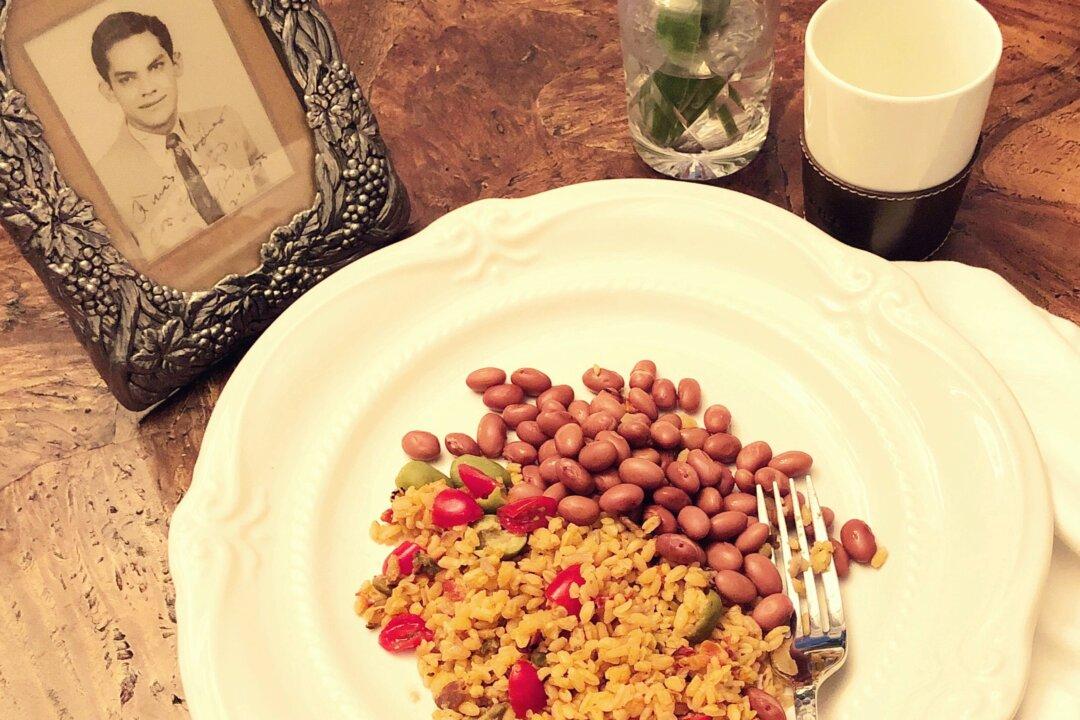Submitted by Cara Colon-McLauchlan, Raleigh, North Carolina
Rice and beans meant home to my dad. No matter the occasion, they were his way of celebrating the place he knew and longed for always.

Rice and beans meant home to my dad. No matter the occasion, they were his way of celebrating the place he knew and longed for always.